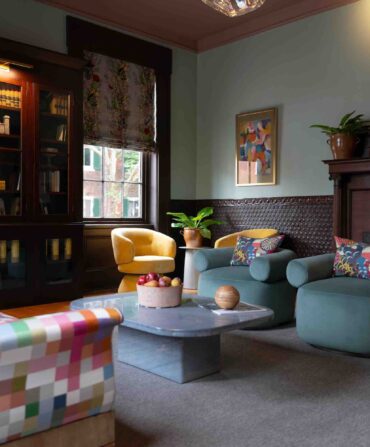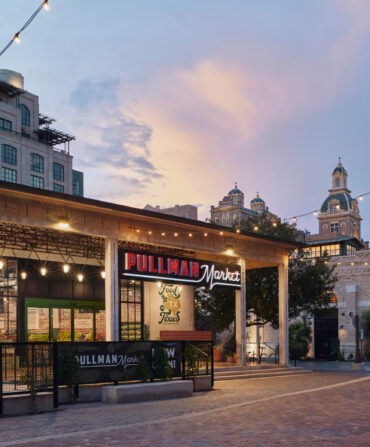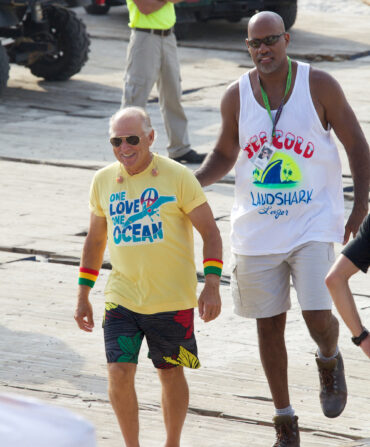Travel
First Look: The George and the Independent Arrive in Georgetown, South Carolina
The colonial seaport town gets a hotel and restaurant combo full of sweet homages to the community
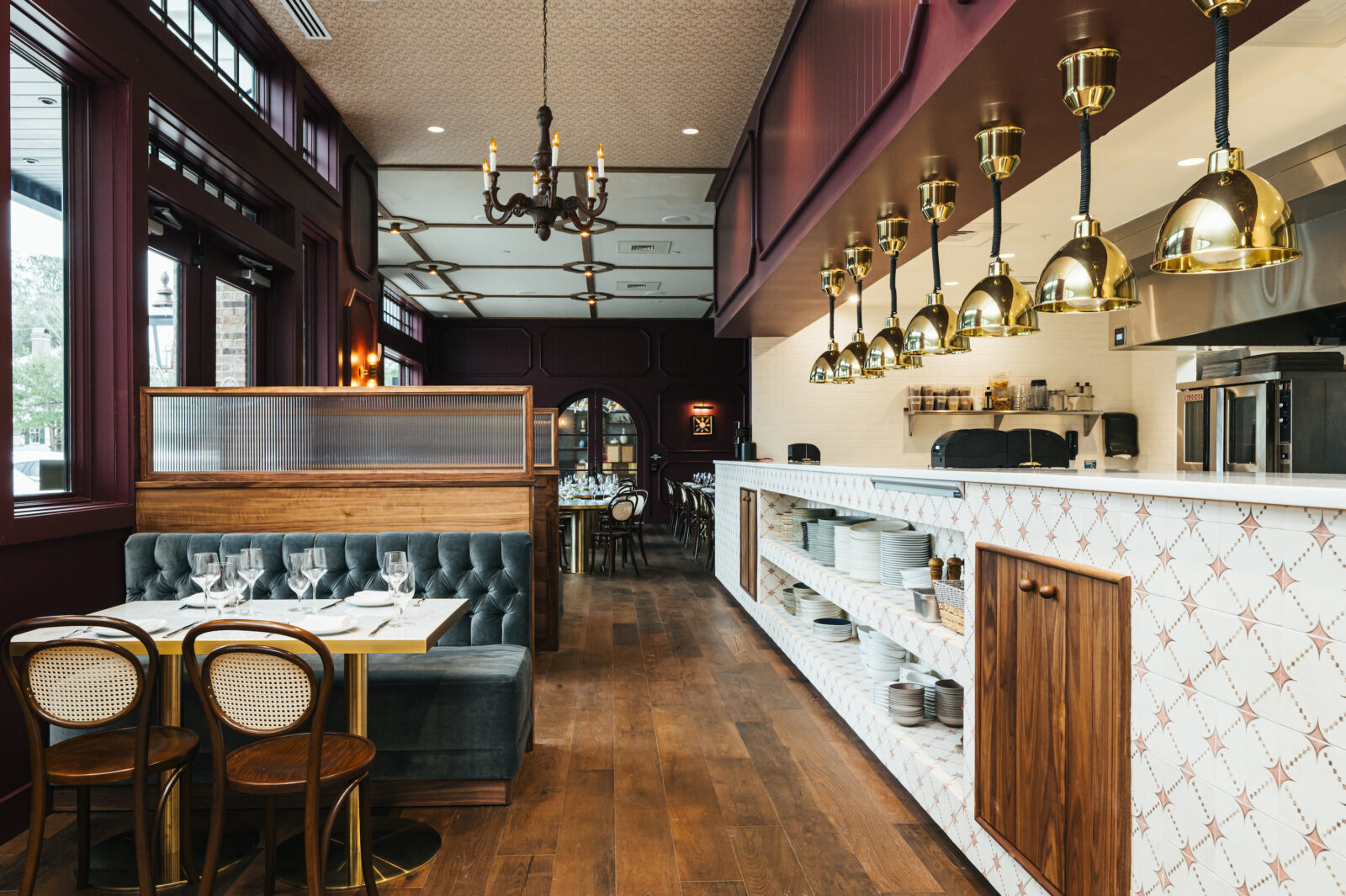
Photo: Ruta Smith
Inside the Independent at the George Hotel.
For over eighty years, a family-owned seafood market called Independent Seafood operated on Front Street in the colonial seaport town of Georgetown, South Carolina, serving fresh shrimp and fish to the community daily. Last year, it closed its doors—but two weeks ago, a new restaurant opened bearing their name, housed in a new hotel, the George, that opens today.
“We wanted to be thoughtful about the history and the fabric of the community,” says Steve Palmer, the founder of Indigo Road, the hospitality group behind the new spot. “There’s certainly sadness when a local business like that closes, and we decided the best way to honor them was to call the restaurant the Independent.” The menu reflects the market’s history, too: Raw offerings like littleneck clams and oysters abound, plus larger plates including blackened flounder with a lump crab and andouille sausage perlo. “That blackened flounder is the best-selling dish in the two weeks we’ve been open,” Palmer says. “And the fried crab fingers are my other favorite.”
The hotel itself, with fifty-six rooms, features its own set of homages to Georgetown and the surrounding area; Charleston designer Jenny Keenan wanted to incorporate the history of the town and the environment into every detail. “We all wanted something that blended into the town and the landscape,” she says. “Pecky cypress wood was non negotiable. So were sweetgrass baskets and local art.” Below, look inside the hotel and the restaurant.
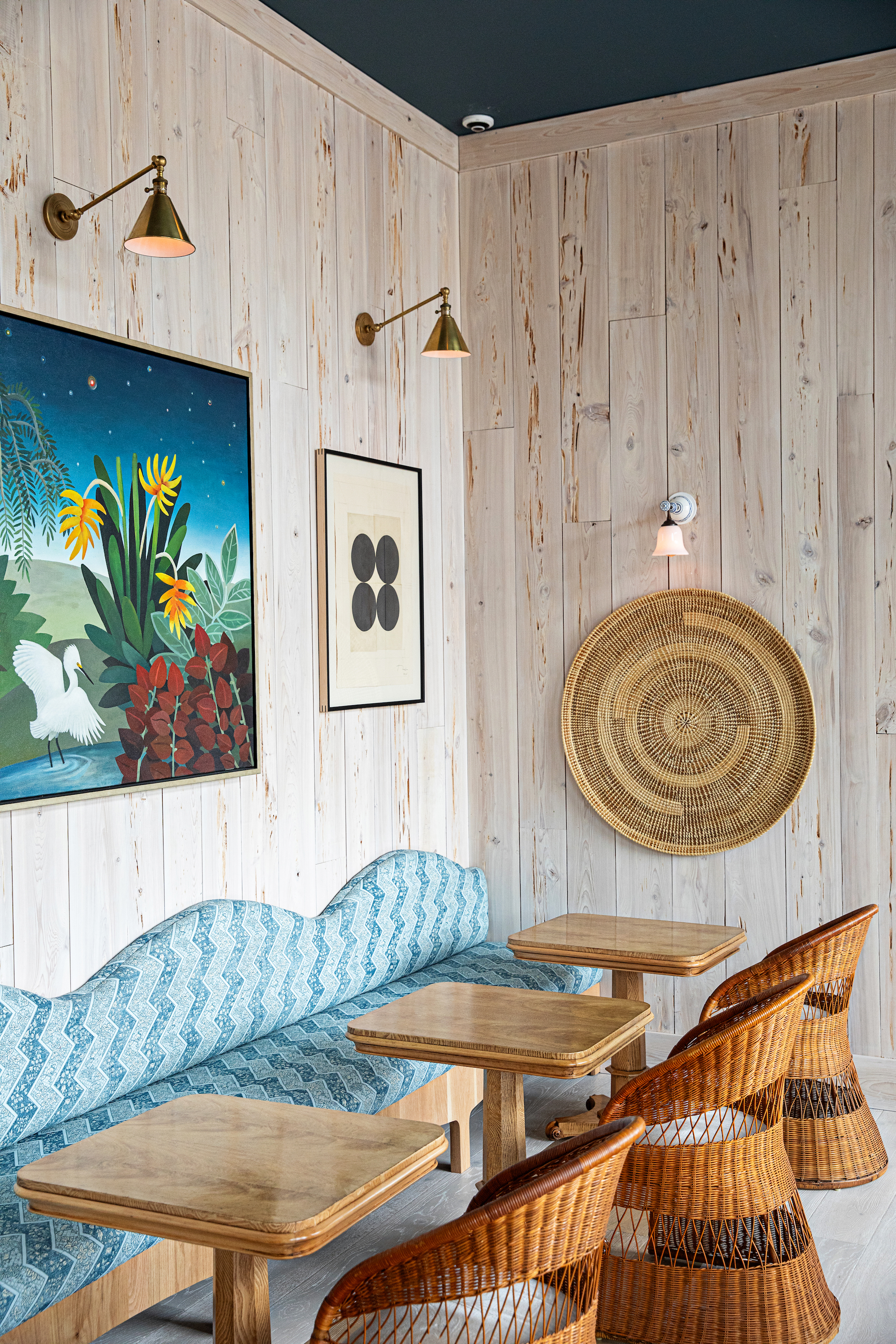
ANDREW CEBULKA
“I always love to see the sweetgrass huts along Highway 17 as I drive from Charleston to Georgetown,” Keenan says. The team commissioned local Angela Manigault to make two large baskets to hang on the hotel wall as a nod to the regional art form.
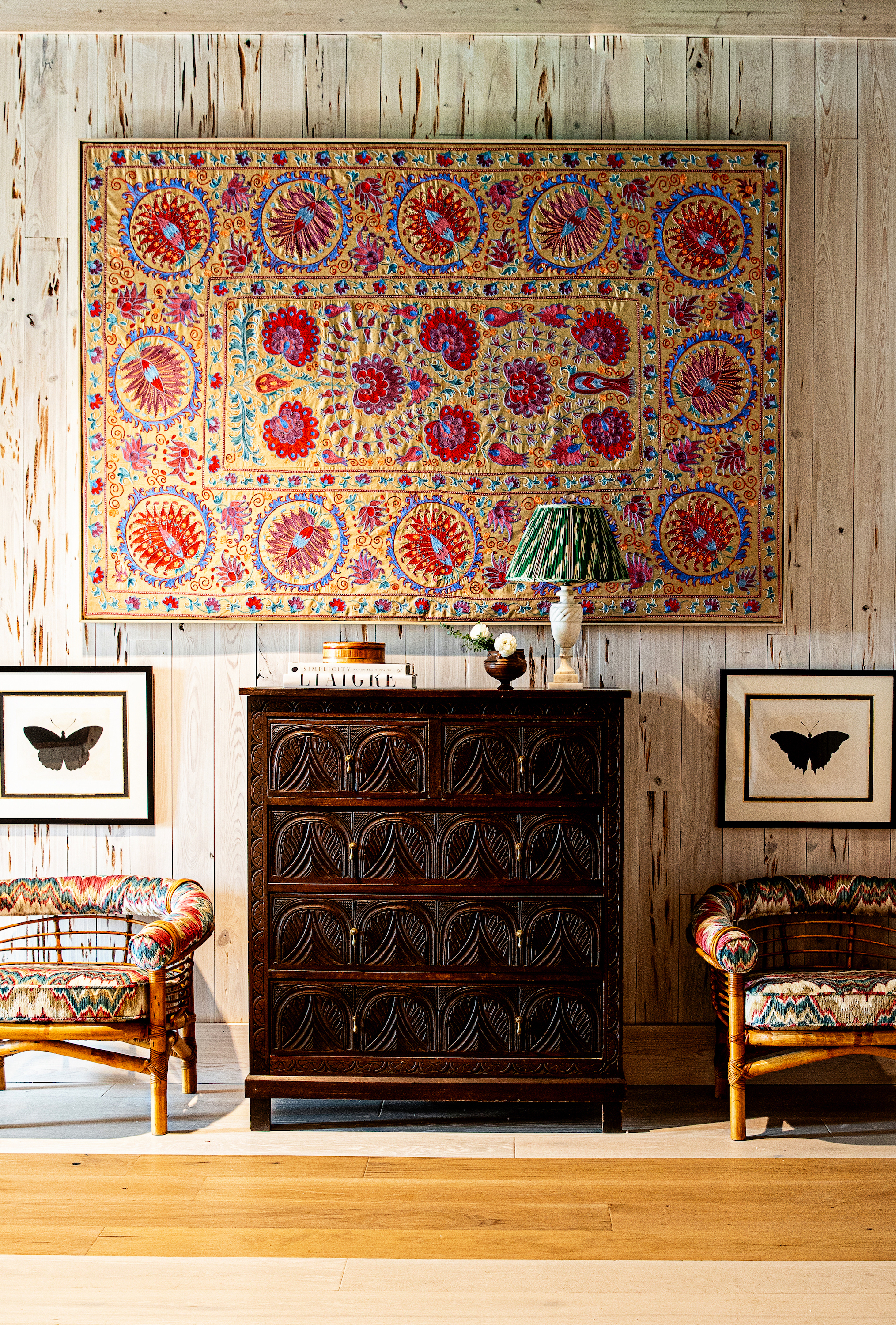
ANDREW CEBULKA
A seating area at the end of the hotel’s first-floor corridor features poppy patterns, a colorful tapestry from India, and framed insects. “Living with birds and butterflies and alligators is part of being in an area with so much greenspace,” Keenan says. “I added touches of the flora and fauna wherever I could.”
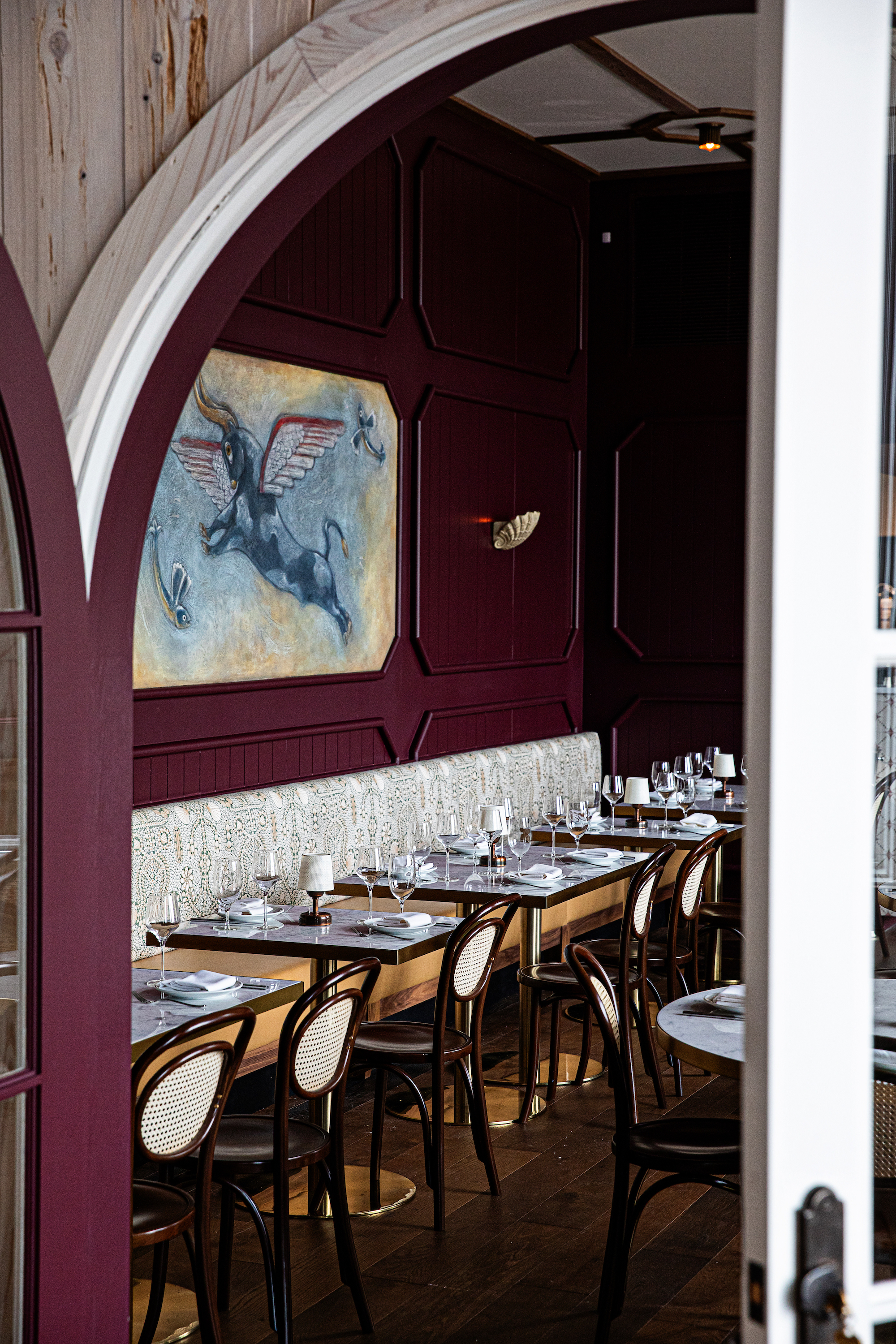
ANDREW CEBULKA
From the lobby, guests can peek into the Independent and at a commissioned piece featuring a flying bull and fish. “We wanted the restaurant to feel distinct from the hotel,” Keenan says. “It has a nautical, throwback vibe, with merlot-colored walls and blues.”
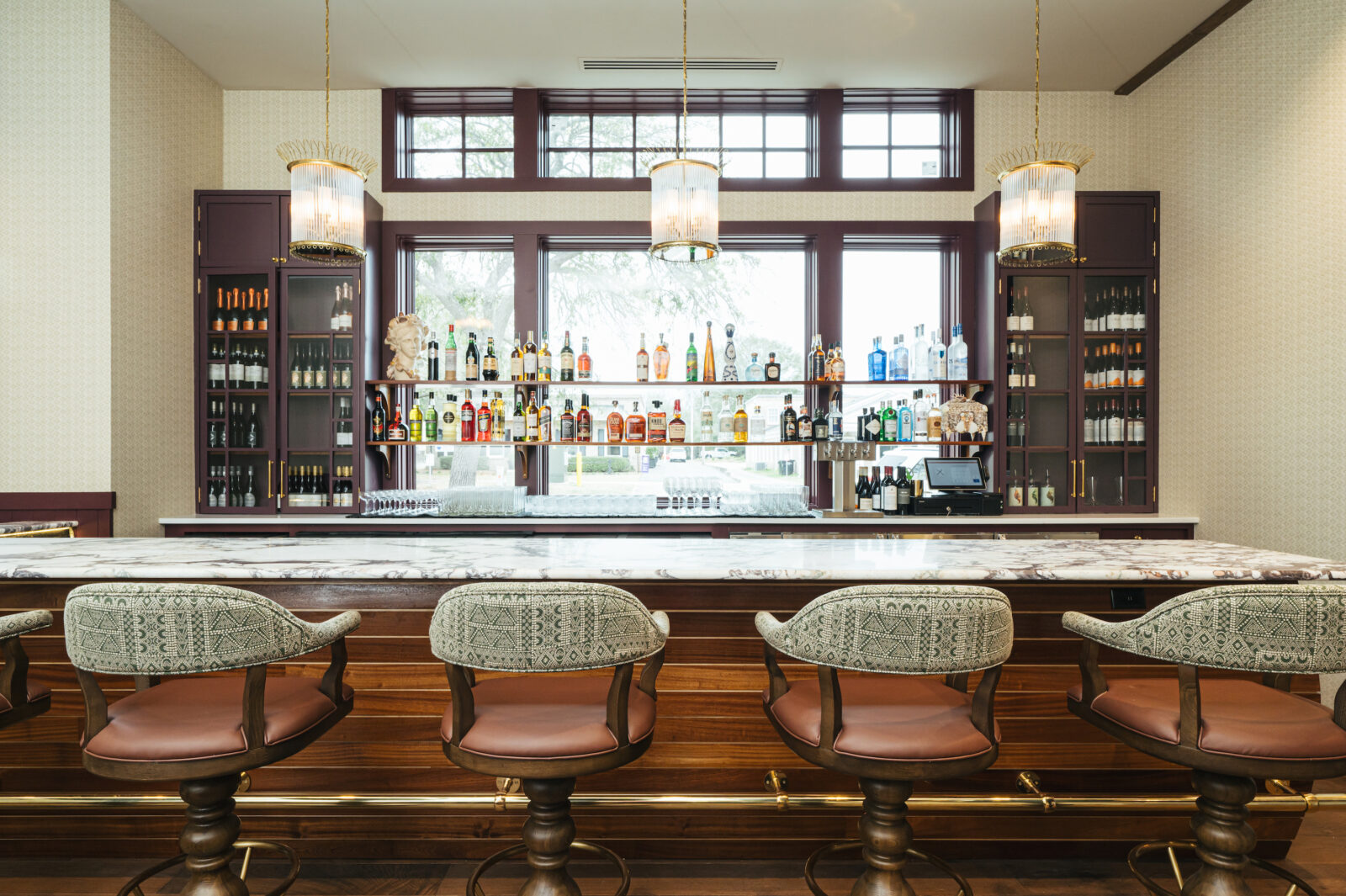
Photo: Ruta Smith
Inside the Independent, the bar area features layered textures of leather, wood, and marble.
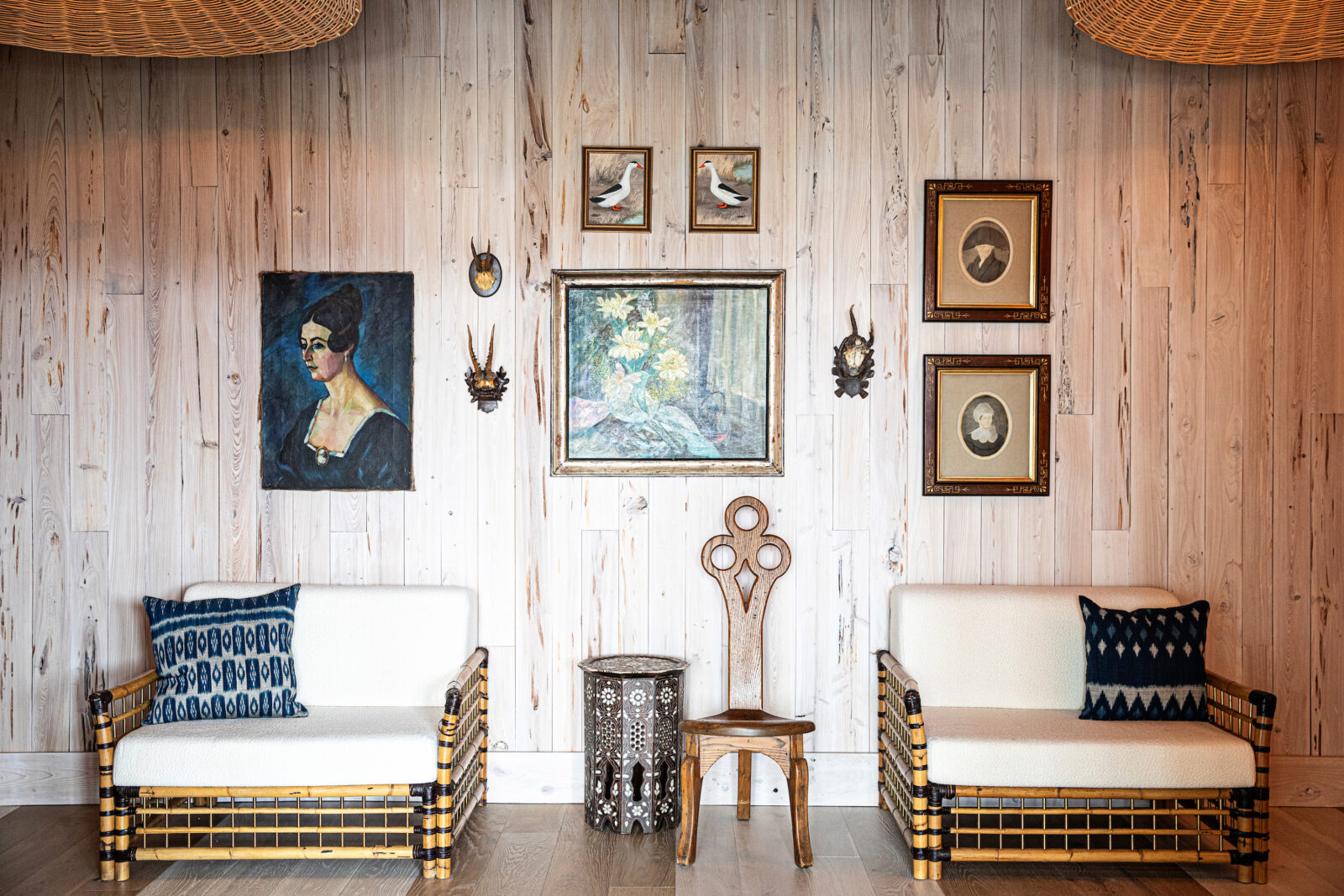
Photo: ANDREW CEBULKA
In the back hallway, this seating area incorporates a collection of found pieces. “We wanted it to feel old, so these items are from antique stores and flea markets,” Keenan says. The team dubbed the portrait of the woman Eliza, after Eliza Lucas Pinkney, an influential historical figure who brought indigo to the area—and they borrowed her name for the outdoor bar, as well.
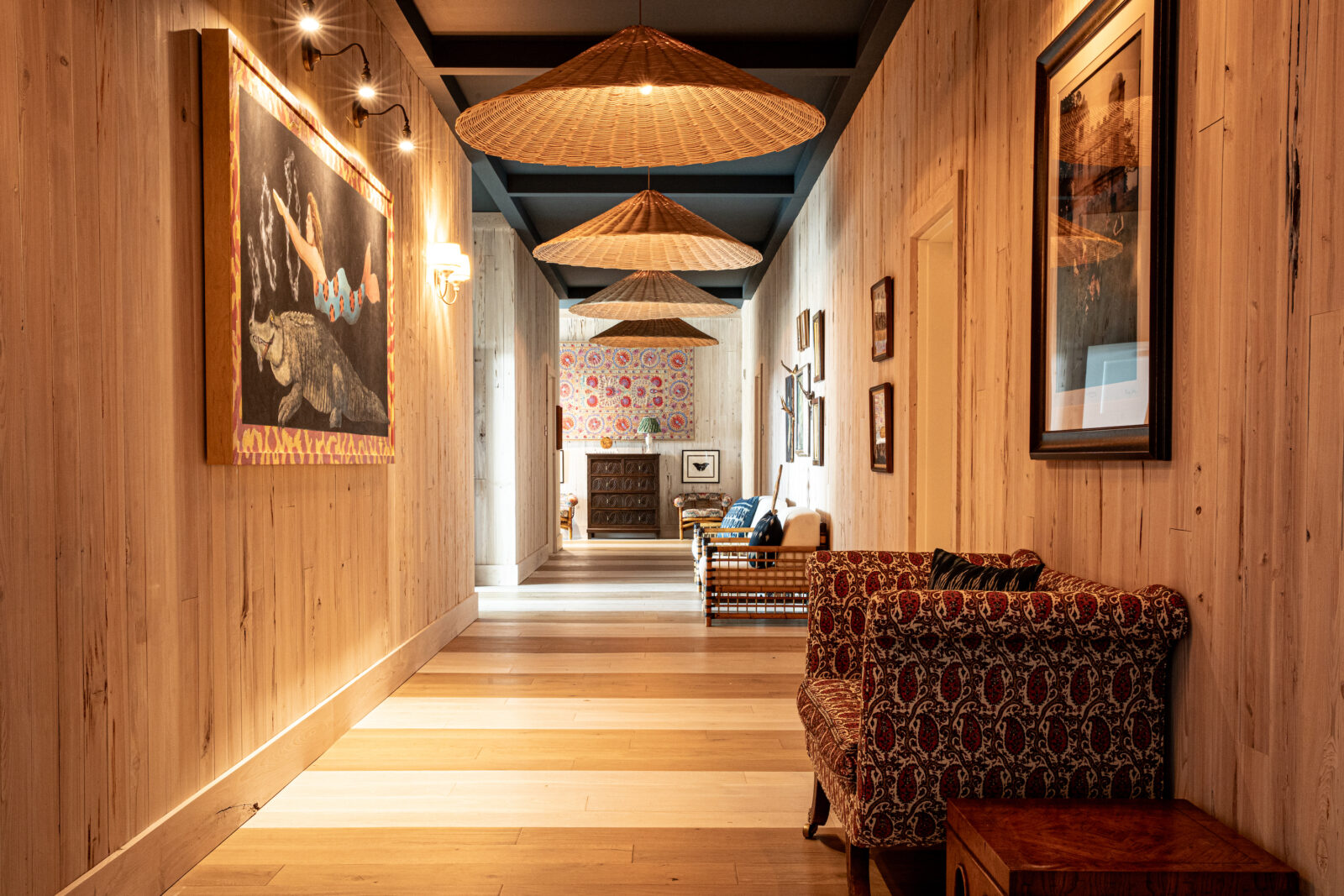
Photo: ANDREW CEBULKA
The cypress wood paneling and floor covers the first-floor corridor, providing a backdrop for a whimsical piece of an alligator and mermaid by Charleston artist David Boatwright.
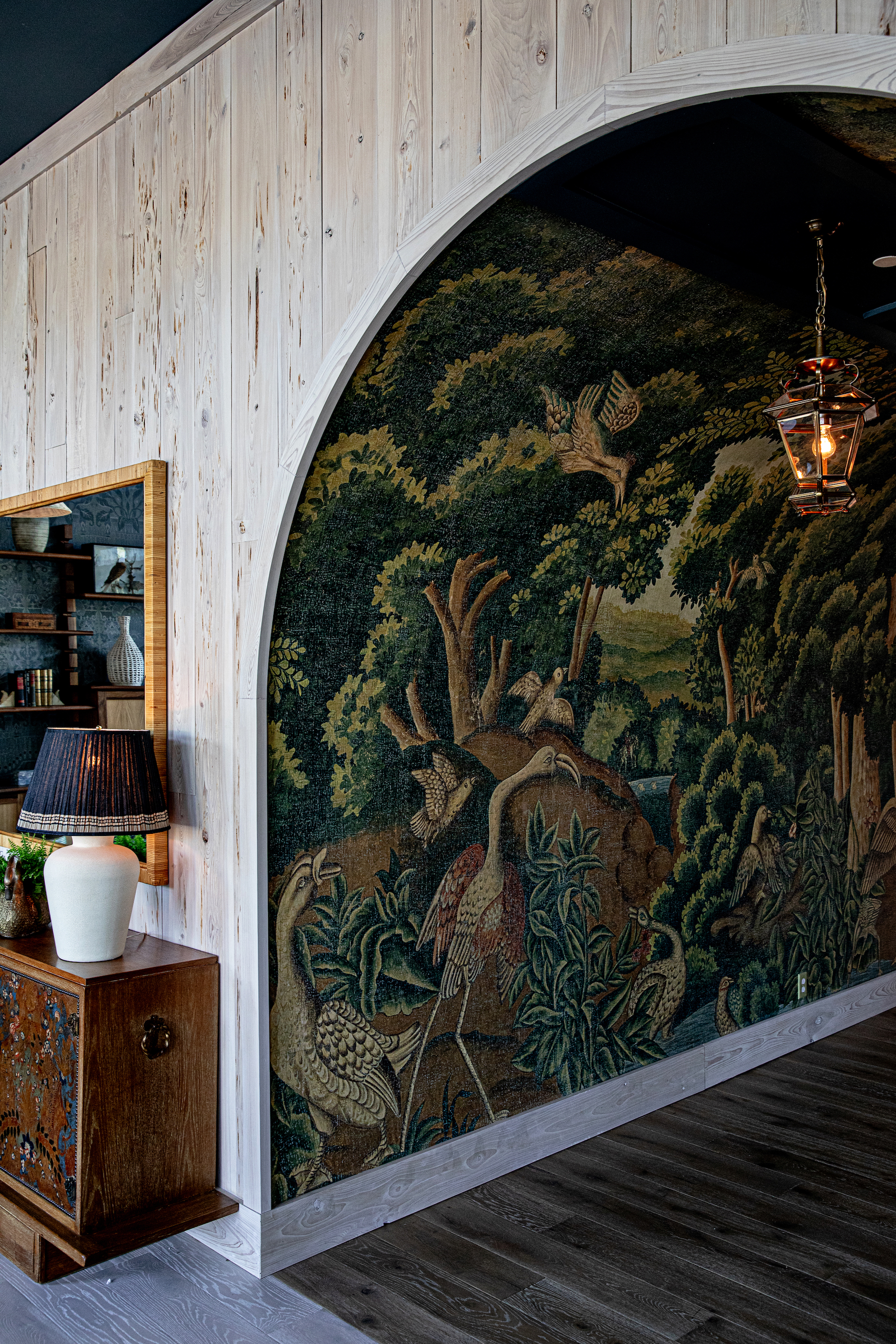
ANDREW CEBULKA
On the way to the hotel elevators from the lobby, guests pass under an archway, one of Keenan’s favorite structural details. “I wanted it to feel like you are walking through a forest,” she says.
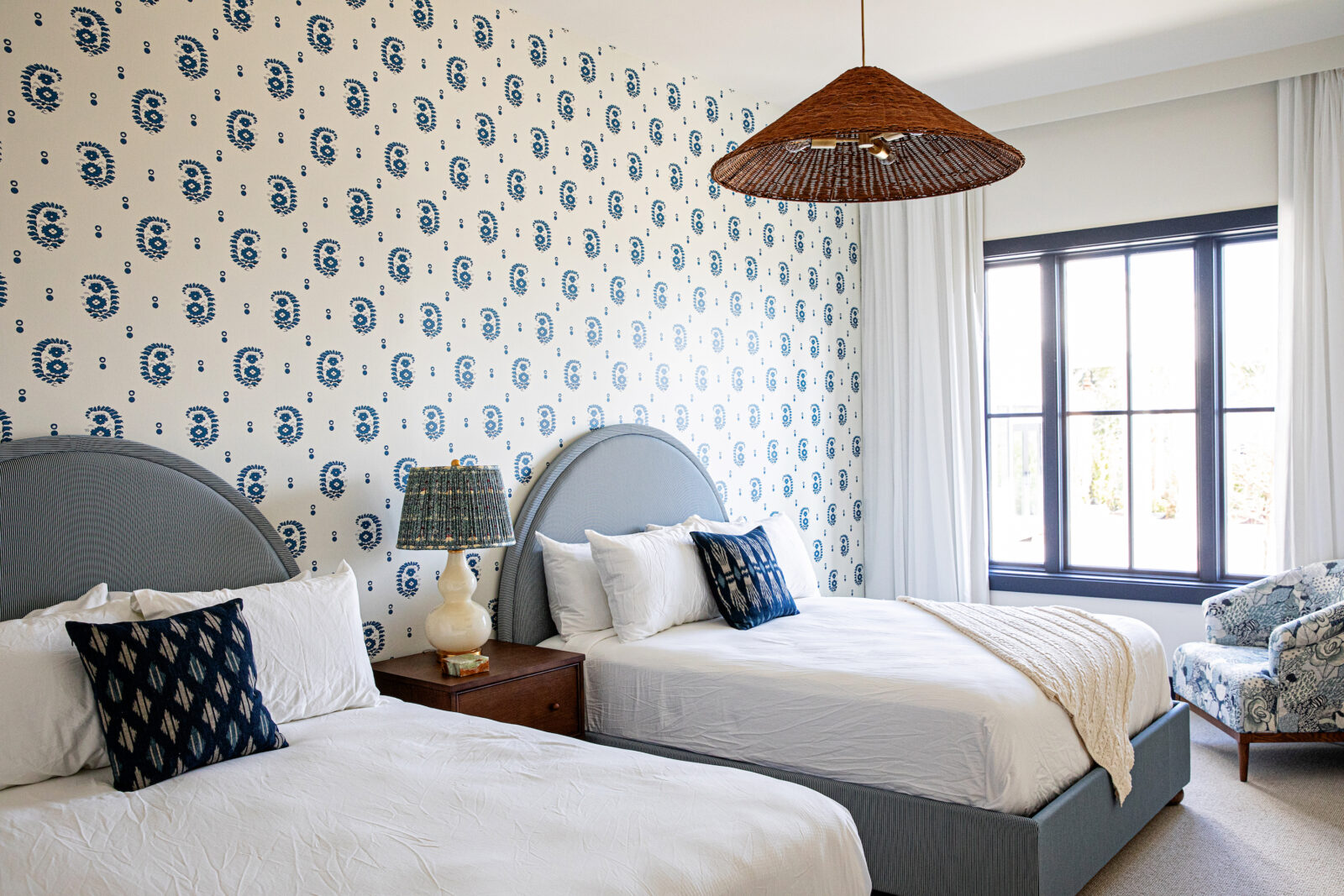
Photo: ANDREW CEBULKA
Keenan also wanted the hotel to have an English feel, so she selected patterned wallpaper—in dark blue as a nod to the importance of the indigo industry to the area.


